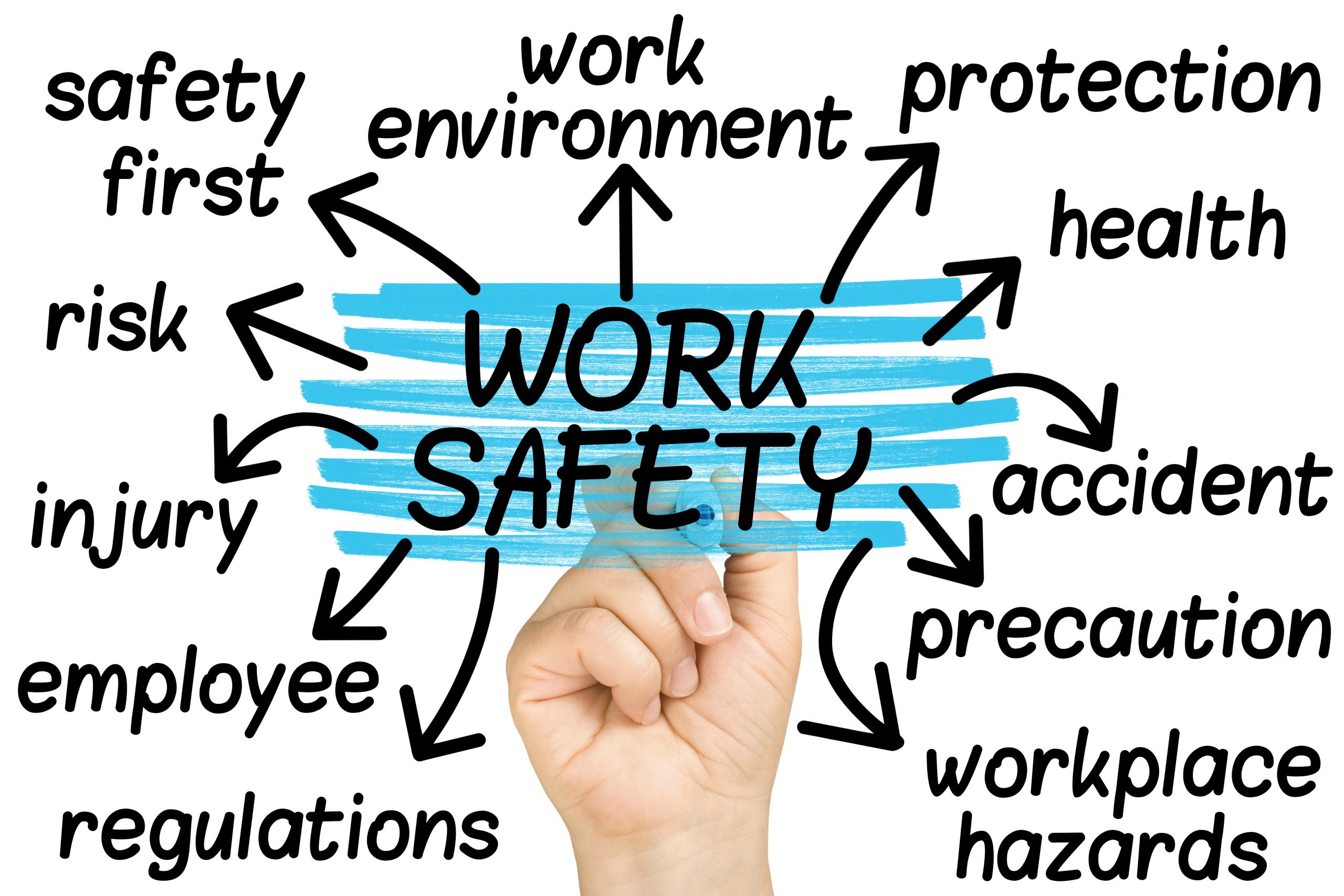What is a “Person Responsible for Racking Safety”?
SEMA recommends that every employer with a storage system nominates a Person Responsible for Racking Safety (PRRS), but what does that mean?
In an ideal world, everyone would be the person responsible for racking safety. After all, safety should be the concern of every employee and every employer, not just a select few. However, on a practical level, a Person Responsible for Racking Safety is an official role laid out by HSE’s HSG76 and SEMA’s Technical Bulletin 3.
Person Responsible for Racking Safety (PRRS)
A Person Responsible for Racking Safety (PRRS) is a person nominated by an employer to take responsibility for ensuring that a racking system is “used, inspected and maintained in accordance with the appropriate regulations and guidelines”.
Does Every Business Need a Person Responsible for Racking Safety (PRRS)?
Not every business needs a Person Responsible for Racking Safety (PRRS), and there are two reasons for this. The first is that not every business has a storage equipment system — such as a racking system in a storeroom or a warehouse. If you do have one, HSE and SEMA recommends that you nominate a PRRS.
However, there is no legal need to nominate a PRRS even if you have a storage equipment system. HSE does recommend one as an example of best practice, and following HSE’s advice will likely mean that you are following the CDM Regulations 2015 as well as the law in general. Though, there is an important difference between the guidance offered by HSE and the legislation which HSE often writes.
In other words, you don’t need a PRRS, and you are free to take other actions. Though, if the worst should happen and someone were injured or killed your workplace, you may well be asked to explain why you didn’t follow best practice advice from HSE and what advice you followed instead.
What Does a Person Responsible for Racking Safety (PRRS) do?
The PRRS (Person Responsible for Racking Safety) is the person or even a group of persons within the organisation that oversees all things relating to the safety of the racking systems. This would usually include the following:
- Training of internal staff
- Deciding and maintaining the frequency of internal inspections
- Checking the findings of internal inspections
- Checking the findings of the expert Inspection (recommended at least once every 12 months by a SEMA approved racking inspector)
- Reviewing any “Red Risk” or repetitive damage
- Organising and reviewing any remedial works to the racking.
Put another way, any workplace with a warehouse or racking system should have one or more people within the organisation who are able to review all actions relating to the safety of the racking system. This will allow that person — or those people — to make informed decisions where necessary to maintain the safety of the racking.
Who Should I Nominate as My Person Responsible for Racking Safety (PRRS)?
The person you nominate as your Person Responsible for Racking Safety (PRRS) should be more than just “competent”. HSE’s guide on warehouse safety and the CDM Regulations 2015 strongly stress the importance of “competence” of staff, because every member of staff should be competent.
Your PRRS should be more than that. They should be a person who knows rack safety inside and out and who can inspect a racking system by themselves using a racking inspection checklist. It should be someone who has had rack inspection training for this task, who is able to identify each part of a rack system and who can tell whether a part is being misused, damaged, or missing.
In short, we wouldn’t recommend that anyone be nominated as a PRRS unless they have received racking inspection training from a SEMA approved racking inspector and unless they are using a racking inspection checklist.
Is a Person Responsible for Racking Safety (PRRS) a Racking Inspection Expert?
No, a PRRS does not count as racking inspection expert. This distinction is important to understand because HSE and the European Committee for Standardisation recommend an inspection at least every 12 months from a third-party racking inspection expert. HSE then labels a SEMA approved racking inspector as an example of this sort of expert.
A racking inspection expert is someone who specialises in inspecting racking systems as a job and has been trained by SEMA. Being a SEMA approved racking inspector is a full-time job in its own right, so your PRRS will not qualify as a racking inspection expert.
To make sure that your PRRS is ready to inspect your workplace or to receive a racking inspection by SEMA Approved inspector, contact Storage Equipment Experts today for a FREE consultation on both of these services.




